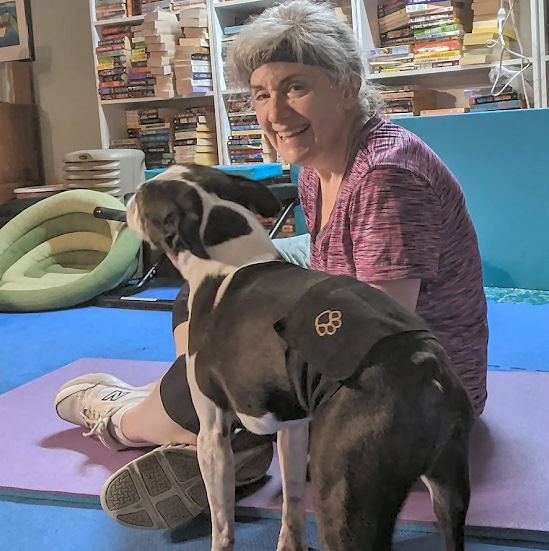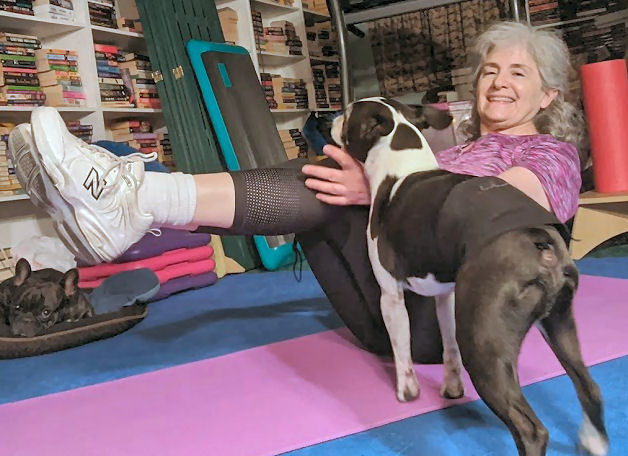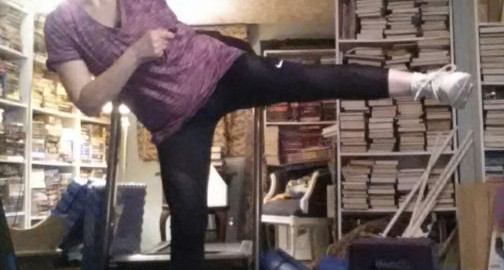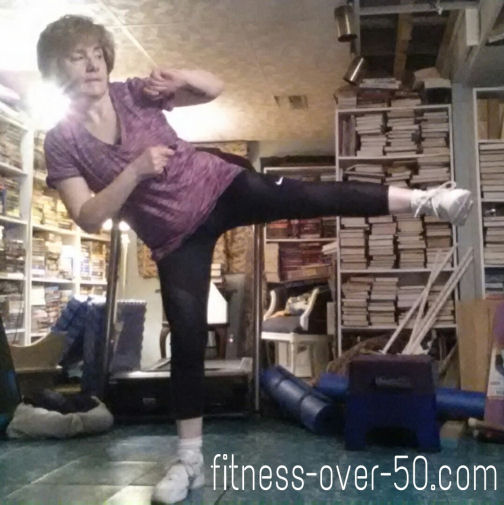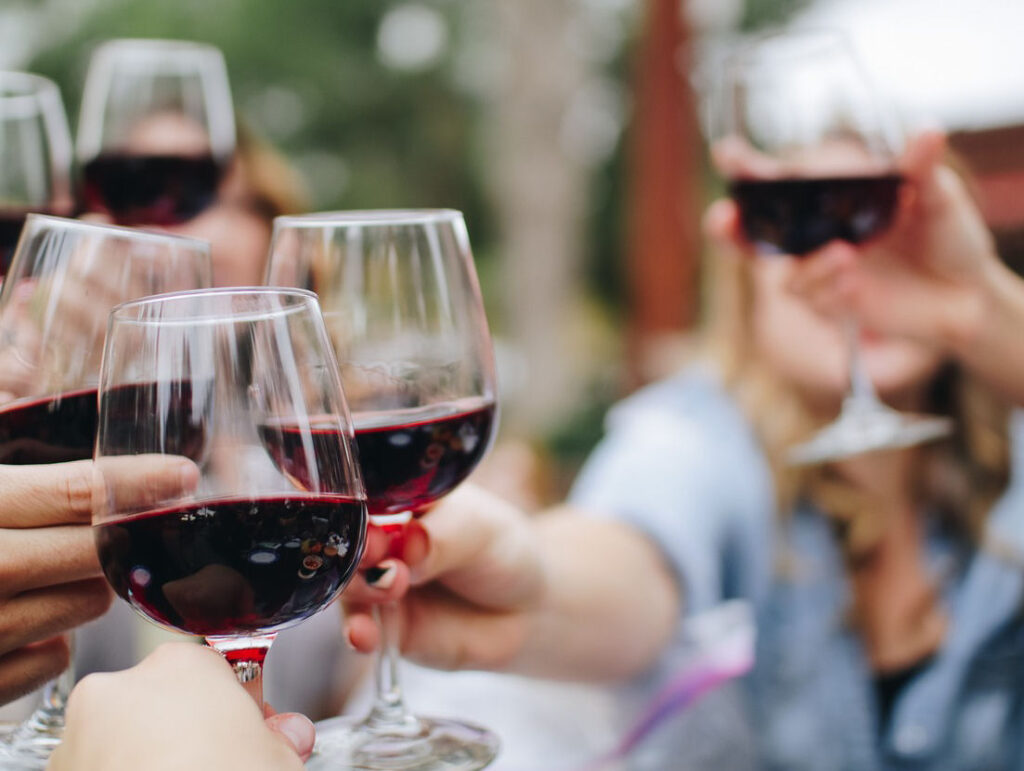I’ve said that in order to achieve your goals, you have to set goals. Many of us are frozen in that limbo of knowing that you want something … more … but not knowing exactly what it is you want. You’re unhappy with your current situation and want to change it but have no clear picture of what you’d like your situation to actually be. You just know that you want … more. That’s a problem if you really want to change your reality. My suggestion, which I’ve done multiple times over the years when I decided I wanted more – make your motivation more clear. Set aside some time – 15 minutes to a half hour – and get a pad of paper and a pen. And start thinking.
Start big, then work your way down
Think about your life – where it is now: your family, friends, work, home. Then think about how you feel about these aspects of your life. Figure out what makes you most unhappy. What about it makes you unhappy? Can you change that thing right away? If you can’t change that thing right away, how can you start doing small things to create something that makes you happy?
Think about “What if…”
Many of us flounder with our motivations. We think, “I’d really like to …” But that’s not enough. A statement that flimsy is not enough to keep us on the straight and narrow to getting anything done. We state affirmations like, “I am strong enough to succeed,” but that doesn’t really motivate us to do anything. Emotional healing coach Karena Neukirchner believes that affirmations like that “end up becoming a manifestation of toxic positivity.” We’re forcing these happy feelings to the forefront but our negative emotions are unchanged in our subconscious. And that negativity can intensify if it’s not addressed. But Neukirchner has a simple tweak to help us. Turn those affirmations into “iffirmations.” Consider “What if.” Just adding those simple words can help make your motivation more clear. When your motivation is clear, the path to happiness and resilience is more clear.
My “iffirmation”
I had been dissatisfied with my writing. So many ideas for articles, essays, books, novellas, but I haven’t been writing. I never seemed to have the time or mindset to look at that white Google Docs screen. So, I changed “I will be a successful writer” to “What if I became successful at writing.” And I thought about how to make that happen. I like my days, full as they are, and don’t see my schedule changing any time soon. But what if I woke up a little earlier? Before my busy day started. I could write then! My new writing protocol started about a month ago and I finished my first novella (it’s being edited now!). I started the second and am reasonably happy with its progress.
The biggest difference has been in my mindset. Since I’ve been writing more consistently, I feel like I’m more creative, and I’m happier. So, when you make your motivation more clear, things start to happen.

